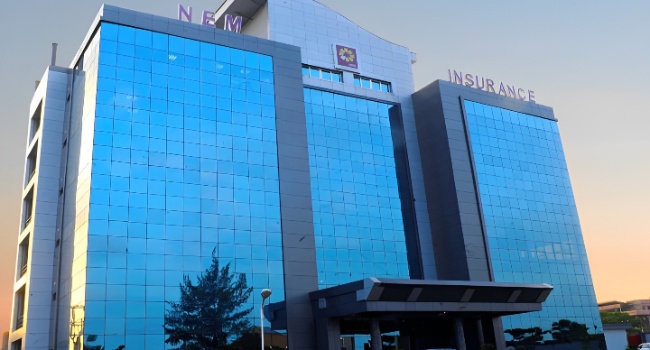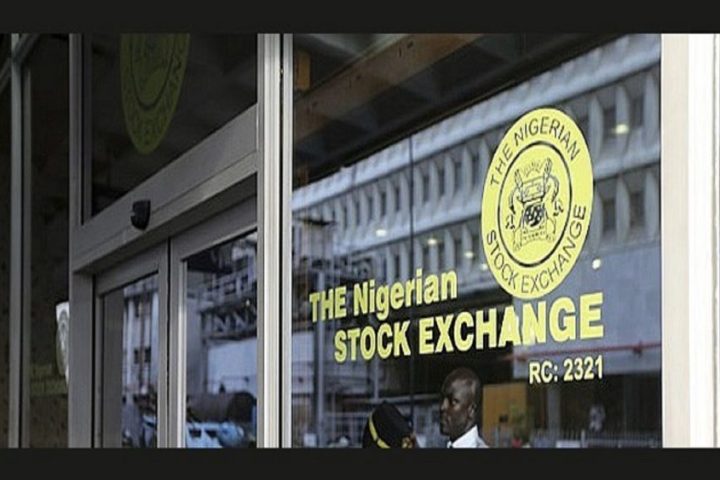Reports claim that Nigeria’s private sector’s borrowing had risen to N33.8 trillion as of September 2021, making it the highest of all times.
The data contained in the Central Bank’s money and credit statistics showed that there was a rise in borrowing in recent years, due to a combination of central bank monetary policies, innovation in technology and credit profiling; as well as a surge in FinTech companies participating in the lending space.
Recall that the credit to the private sector had risen to an all-time high of N32.6 trillion only for the economy to take on an additional N1.2 trillion in new net borrowing in three months.
Join our WhatsApp ChannelMeanwhile, this year, 2021, the private sector has recorded a net increase of N3.69 trillion in net borrowings.
Over the last 5 years, credit to the private sector has risen by over 100% growing from N18.7 trillion in December 2015 and nearly doubling to N32.6 trillion this year.

















Follow Us